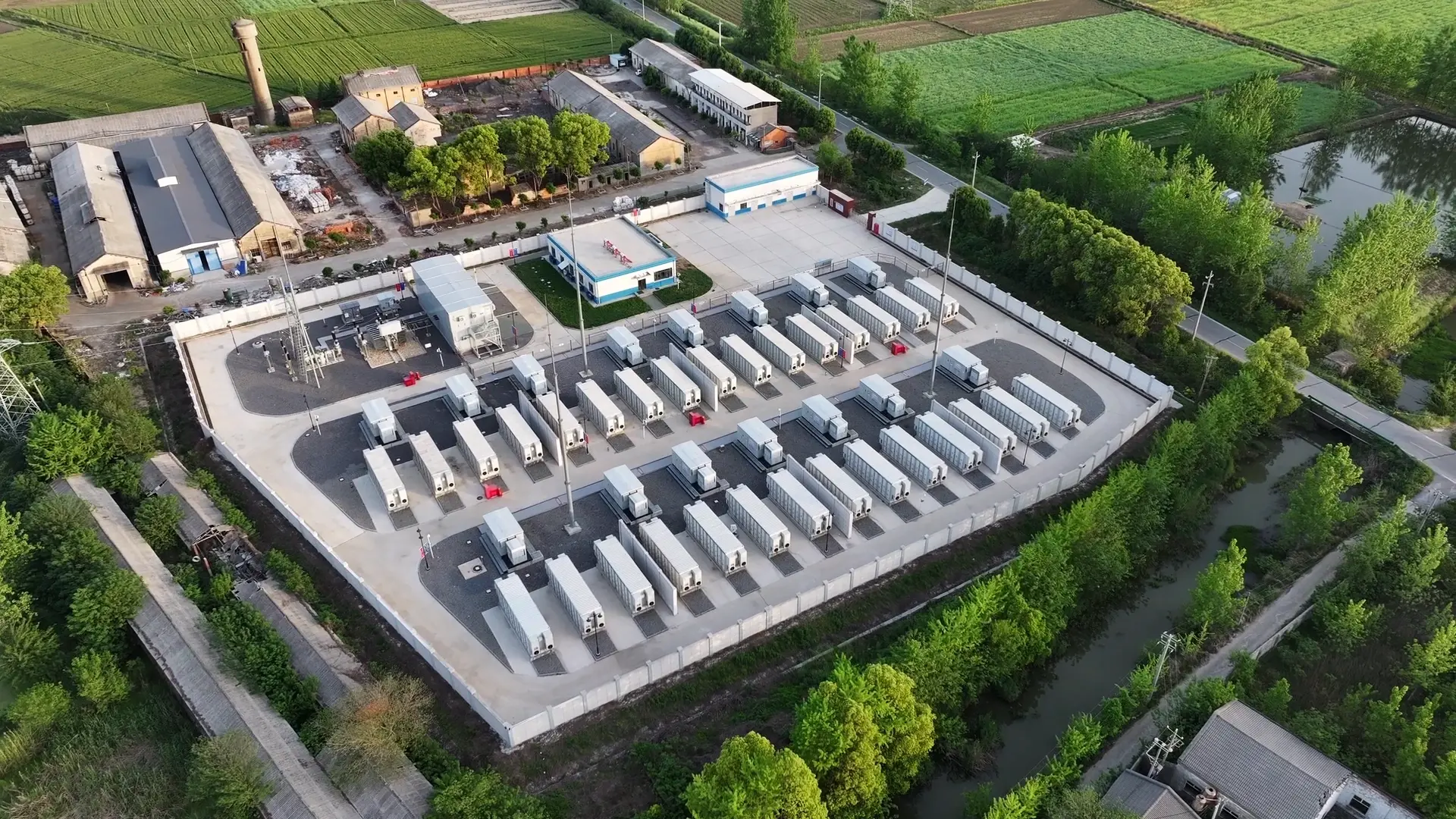Most UPS batteries last between 5 to 15 years, depending on the battery type and usage conditions. Overall, lithium-ion UPS batteries last longer than lead-acid ones—typically by around 5 years.
However, these figures are based on ideal conditions. Without proper care, a battery may fail much sooner. On the other hand, with good maintenance, it's possible to exceed the expected lifespan.
What Factors Affect UPS Battery Life?
1. Environmental Temperature
The ideal temperature for most UPS batteries is 20–25°C. For every 10°C rise above this range, battery life can be cut tremendously.
2. Discharge Frequency and Depth
Frequent deep discharges will degrade the battery faster. Ideally, a UPS battery should remain in a fully charged state and only discharge during actual outages.
3. Charging Method
Overcharging or undercharging shortens battery life. A high-quality UPS with intelligent charging management helps prolong battery health.
4. Storage Conditions
If not installed immediately, batteries must be stored in a cool, dry place and periodically recharged. Otherwise, they can suffer from permanent capacity loss.
5. Quality and Brand
Higher-quality batteries from reputable manufacturers tend to offer longer life, better performance, and more reliable safety features.
6. Maintenance and Monitoring
Lack of routine inspection or failure to replace aging batteries within the system can cause unexpected failures and reduce overall UPS effectiveness.
How to Extend the Life of Your UPS Battery
Here are some practical tips to get the most out of your UPS battery:
1. Control the Operating Environment
Keep the UPS in a temperature-controlled, ventilated space. Avoid placing it near heat sources or in direct sunlight.
2. Regular Testing
Perform routine battery tests to detect early signs of failure and ensure backup readiness.
3. Avoid Deep Discharges
Use the UPS only when needed, and try not to let the battery run out completely. Remember to set it up, so it turns off your devices safely before the battery is empty.
4. Follow Manufacturer Guidelines
Always follow the battery manufacturer’s recommendations for charging, testing, and replacement intervals.
5. Schedule Preventive Maintenance
Establish a regular maintenance schedule that includes visual inspections, cleaning, terminal tightening, and voltage checks. For lithium batteries with a BMS, the system can perform predictive diagnostics and alert you in advance to help prevent potential issues.
Conclusion
So, how long does a UPS battery last? The short answer is 3 to 5 years for most lead-acid systems and 8 to 10 years for lithium-ion models. However, battery life isn’t set in stone. By understanding the key influencing factors and applying simple maintenance practices, you can extend your battery’s lifespan, avoid downtime, and protect your critical equipment effectively.
Need reliable UPS batteries with long service life? Contact us today for expert advice and premium power solutions tailored to your needs.




























 2025-08-08
2025-08-08 Name
Name Tel
Tel Email
Email Country
Country Company
Company Information
Information